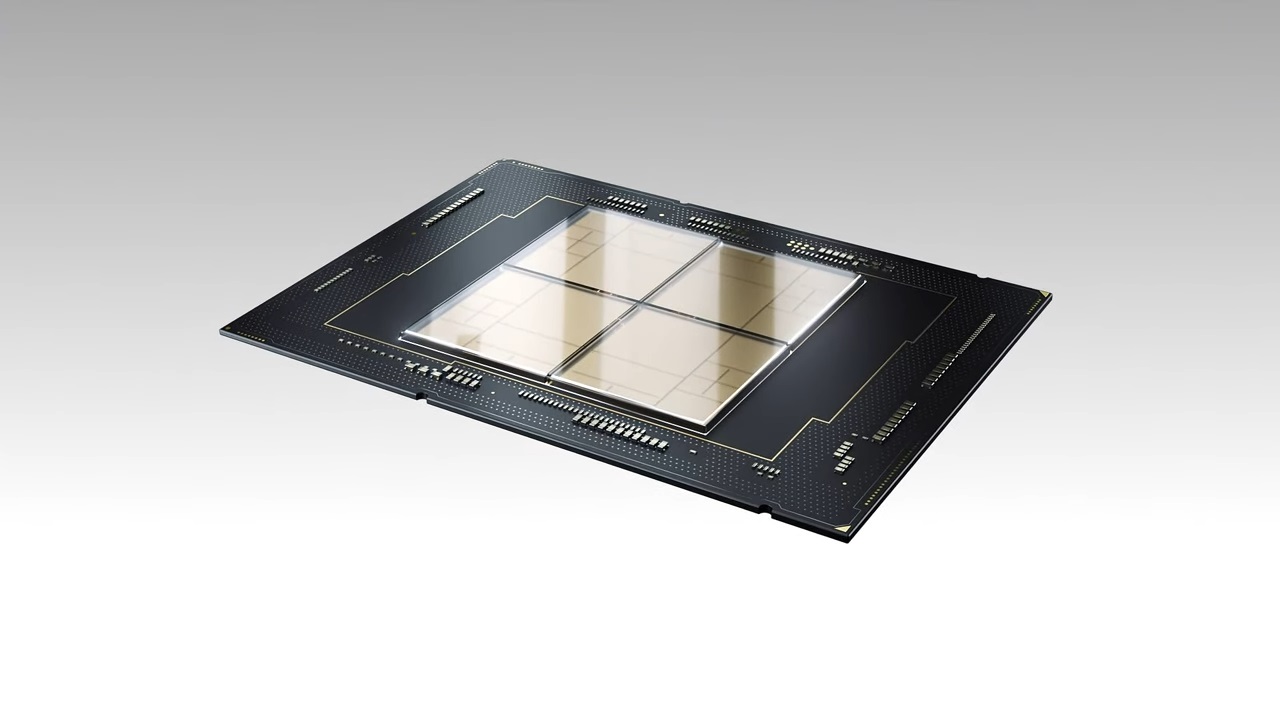Intel has released fresh details about its new pay-as-you-go CPU platform, which is now officially set to be dubbed ‘Intel On Demand’.
The software-defined platform will enable system administrators to pay an additional fee to activate special-purpose accelerators integrated into its 4th Generation Xeon Scalable ‘Sapphire Rapids‘ processors.
The oft-delayed new line of processors is predicted to land sometime in early 2023, and unlike Intel’s consumer-focused Intel Alder Lake line of processors, Rapids caters to data center users providing services like cloud hosting.
What will the new features enable?
As per a batch of updates merged into Linux 5.18, originally reported by Phoronix (opens in new tab), Intel on Demand will discover which features are physically present on a particular CPU.
The platform will then offer administrators the chance to activate them and enable administrators to assess how often the feature is used, using “meter certificates”, which check on the usage of the licensed, activated hardware features.
It has been reported that Sapphire Rapids processors will include several acceleration technologies such as Advanced Matrix Extensions (AMX), Dynamic Load Balancer (DLB), Intel Data Streaming Accelerator (DSA), Intel In-Memory Analytics Accelerator (IAA), and Intel QuickAssist Technology (QAT) to accelerate specific workloads.
Intel has yet to make any details about the pricing and the exact capabilities of the new platform public, but it has indicated they will revolve around AI, analytics, networking, and storage.
The move by the hardware giant to pivot towards a more pay-as-you-go model comes as the company seems to be caught up in a period of change.
The chip giant has announced an expense reduction plan that is set to slash costs by $3 billion in 2023, which it predicts will grow to between $8 billion to $10 billion in yearly cost reductions by the end of 2025, and may include a “meaningful number” of layoffs as part of wider cost-cutting measures.





